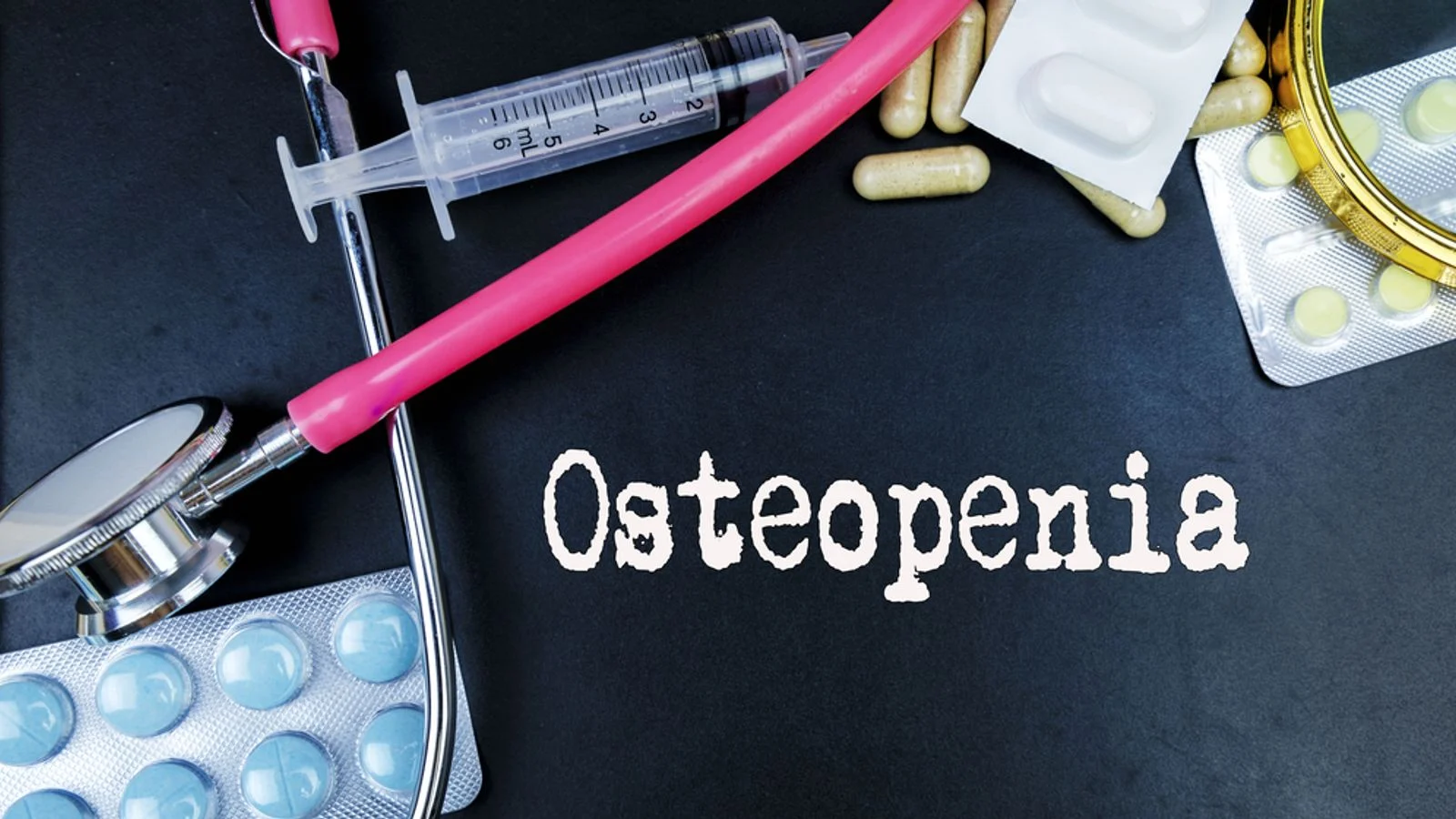Osteopenia and osteoporosis are terms often associated with bone health, but they represent distinct stages in a continuum of bone density loss.
In this article, we will explore the differences between osteopenia and osteoporosis, including their definitions, risk factors, and potential preventive measures.
Defining Osteopenia
Osteopenia is a condition characterized by lower than normal bone density but not to the extent seen in osteoporosis.
It is considered a precursor to osteoporosis and signals a decrease in bone mass, making bones more susceptible to fractures.
Individuals with osteopenia have bone mineral density (BMD) levels that fall between normal and osteoporotic ranges.
Understanding Osteoporosis
Osteoporosis is a more severe condition marked by significant bone density loss, resulting in weakened and porous bones.
This deterioration increases the risk of fractures, especially in the hip, spine, and wrist. Osteoporosis is often referred to as the “silent disease” because it progresses without noticeable symptoms until a fracture occurs.
Risk Factors for Osteopenia and Osteoporosis
Both osteopenia and osteoporosis share common risk factors, including aging, hormonal changes (especially in postmenopausal women), family history, and a sedentary lifestyle.
Additionally, low body weight, smoking, excessive alcohol consumption, and certain medical conditions or medications can contribute to bone density loss.
Diagnostic Tests
Dual-energy X-ray absorptiometry (DEXA) scans are the primary diagnostic tool for measuring bone density. Results are reported as T-scores, comparing an individual’s BMD to that of a young, healthy adult.
A T-score between -1 and -2.5 indicates osteopenia, while a T-score of -2.5 or lower signifies osteoporosis.
Preventive Measures
The progression from osteopenia to osteoporosis is not inevitable, and there are steps individuals can take to slow or prevent further bone density loss.
Adequate calcium and vitamin D intake, weight-bearing exercises, and a healthy lifestyle that avoids smoking and excessive alcohol consumption can contribute to maintaining bone health.
Treatment Options
If diagnosed with osteopenia or osteoporosis, healthcare providers may recommend specific interventions.
These can include medications, such as bisphosphonates, hormone therapy, or other bone-strengthening medications.
Lifestyle modifications, including dietary changes and regular exercise, are often incorporated into the treatment plan.
Regular Monitoring
Individuals diagnosed with osteopenia or osteoporosis should undergo regular follow-up assessments to monitor changes in bone density.
Adjustments to treatment plans may be made based on the progression of the condition.
Conclusion
Understanding the distinction between osteopenia and osteoporosis is crucial for proactive bone health management. Both conditions highlight the significance of maintaining optimal bone density throughout life.
By recognizing risk factors, adopting preventive measures, and seeking early intervention if necessary, individuals can take control of their bone health and reduce the risk of fractures associated with these conditions.
Regular communication with healthcare professionals is key to developing personalized strategies that promote strong and resilient bones throughout the aging process.

Leave feedback about this